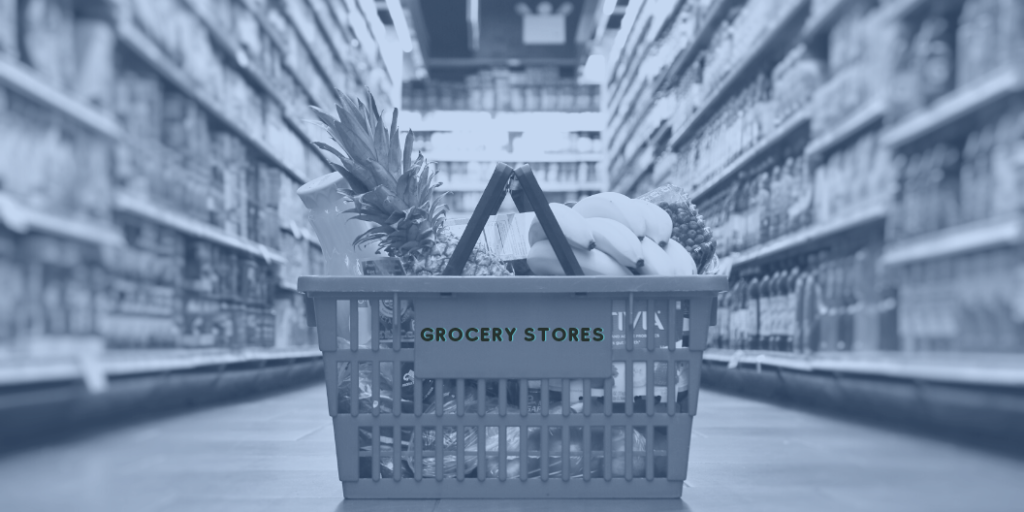One of the most defining economic disruptions that 2020 and COVID-19 had laid on our doorstep is the blow to brick and mortar retailers. Governments in every country imposed varying degrees of lockdowns, spanning days, weeks, and even months. Retailers who relied on foot traffic and in-store sales to survive suddenly found themselves without customers.
Many shut their doors forever, but a large number made their way online, either selling exclusively online or balancing business as an omnichannel player. As a result, this year’s critical holiday season has more retailers battling for their piece of the online pie than ever before.
It’s a season with high stakes for everyone involved. Sell enough, and your business survives to see what 2021 has up its sleeve; fail to sell, and there may not be a tomorrow. With coronavirus as the backdrop to this holiday season, ecommerce sellers need to pull out all the stops.
Finding the Right Price
With Cyber Monday just around the corner, retailers need to develop a holiday pricing strategy that will not only sell products but generate profits as well. More competition typically drives prices down, especially on the most popular items. But an effective pricing strategy can help boost the overall profitability of a shopping cart.
Take weighted blankets as an example. USA Today predicted that these will be one of the most popular gift items in 2020, so it’s a fair guess that these popular items will also be low margin. Retailers have the data from their POS showing which items are frequently bought together with the weighted blanket.
Using the existing data, retailers can devise a pricing scheme that reduces margin on the blanket while increasing the margin on related merchandise, such as pajamas, robes or slippers.
Technology Matters
It sounds simple to increase margins on related items but sifting through the data to discover the popular items and their related items can be an impossible task. There are mountains of data, and every sale may be influenced by competitors.
Retailers need an automated, artificial intelligence-based solution capable of understanding internal sales patterns and synthesizing that information with competitor pricing. Done in real-time, these systems can create compelling offers for online website visitors.
Effective dynamic pricing engines are capable of finding the right price to close a sale. They use sophisticated machine learning techniques to ensure that each sale generates the highest margin possible for the specific customer.
This year, the competition on Cyber Monday is going to be fierce. Retailers need to put themselves in the best position for long-term success, using pricing tools that are designed to sell.









